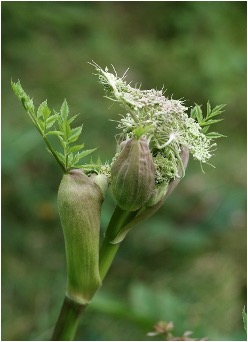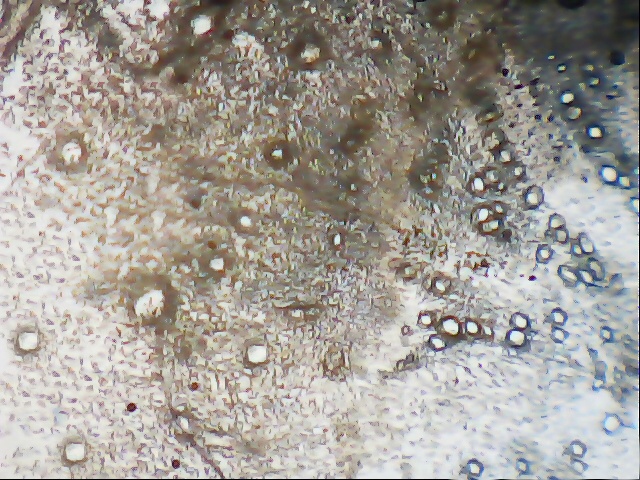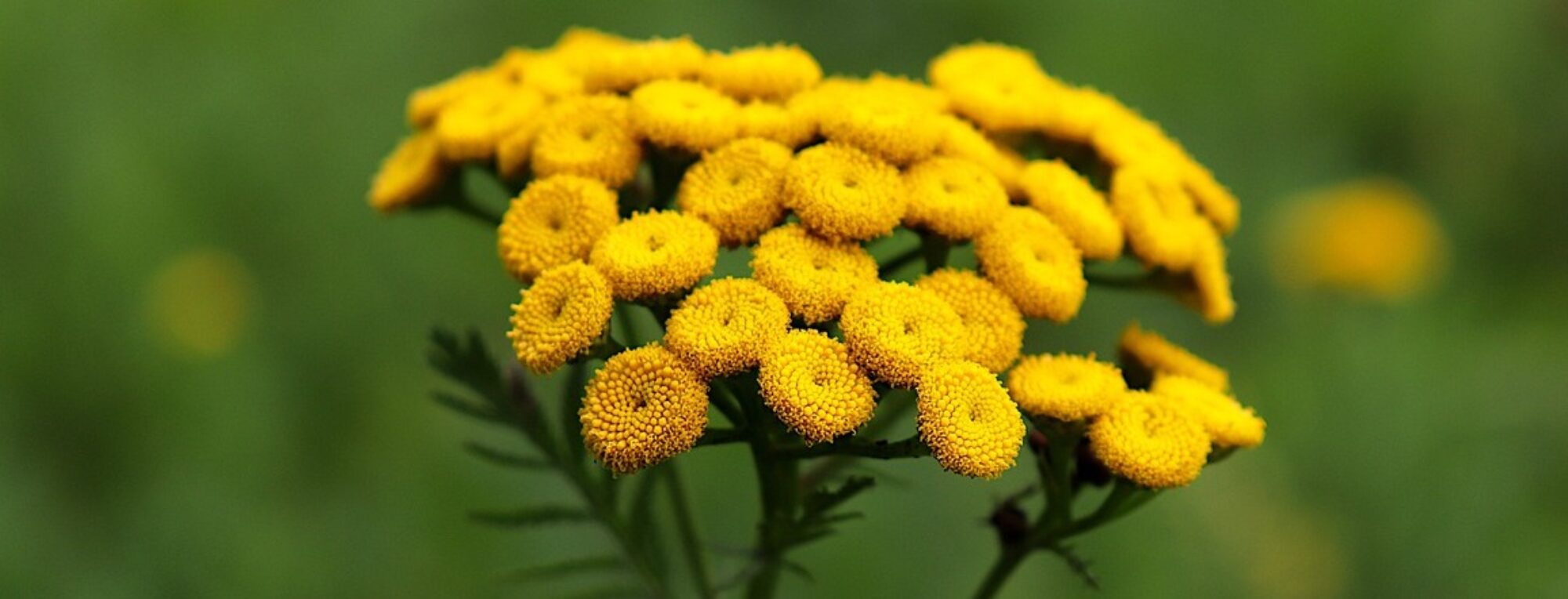
English name: Garden-angelica
Family: Apiaceae
Botanical characteristic: Biennial to perennial herb with spindle-shaped and branching rhizome. The stem is round, hollow, 2 m tall. The leaves are dark green, two to three times pinnately cut, saw-toothed. The yellowish to greenish flowers form a perianth-like inflorescence. The fruit is a double-skinned flower.
Microscopic drawing:


Distribution: It occurs in damp habitats, river banks, swamps, alder forests.
Drug: Angelicae archangelicae radix
Harvesting method: The roots are harvested in the second year of vegetation in autumn and in spring of the third year. They are obtained by spading or ploughing.
Drying: The roots are dried artificially at a temperature of up to 40 °C. Naturally in the shade, in thin layers, in a ventilated room.
Active substances: The whole plant smells characteristically, which indicates the presence of essential oils. Essential oils are mainly represented by felandrene and other monoterpenes. Bitter-tasting sesquiterpenes, macrocyclic lactones and a large number of furanocoumarins (bergapten, angelicin, etc.) are also found in the plant. Other metabolites include organic acids and their derivatives.
Uses: The active substances of Garden-angelica stimulate the secretion of digestive juices, promote digestion, relieve cramps and relieve flatulence. The drug is diuretic, disinfectant and is also used in folk medicine to regulate the menstrual cycle. However, it must be stressed that excessive use photosensitises the skin and may make it prone to bleeding.
Traditional method of use in indications determined solely on the basis of long-term use:
– dyspeptic discomfort involving cramps, sluggish digestion, feeling of fullness, flatulence,
– supportive treatment for loss of appetite,
– supportive treatment of bronchitis.
Selected herbal preparations: AGROKARPATY ARCHANGELICA MEDICINAL ROOT herbal tea 1×30 g, APOTHEKE CHEAP TEA WITH BEET 20×1,5 g, HERBEX Premium CHEAP AND GUT herbal mixture, tea 20×1,5, NaturProdukt SWEDISH HERBS mixture for the preparation of drops 1×30 g, Iberogast sol por 100 ml, Dr. Theiss Schwedenbitter KVAPKY (Swedish drops) 50 ml, Petit CHENE APPETITE children’s syrup, with orange and lemon aroma 125 ml.
